Boyle Heights To Higher Education
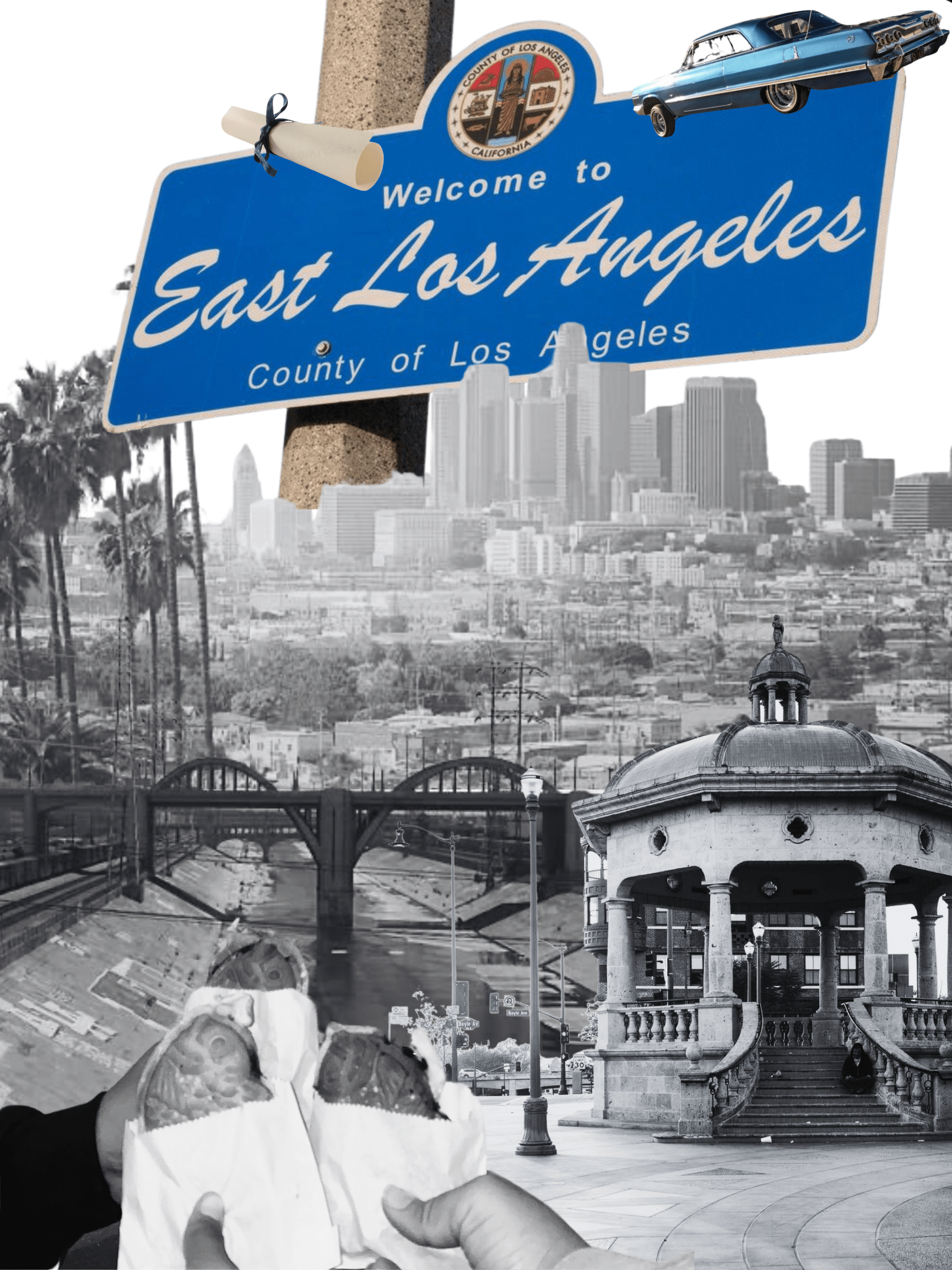
Visual by Melissa Morales
The small community of Boyle Heights is in the heart of the city of LA. Sitting just at the edge of zooming Downtown LA and also neighboring East LA, Boyle Heights is a neighborhood comprising a predominantly Latine community. Despite it being only a small part of Los Angeles, its streets are filled with culture, bringing to life the collective experiences of its residents. There are street vendors who set up down the block, lowriders cruising through the neighborhood, and Cesar Chavez St. lined with small businesses.
This is the community I was raised in, and it has played a huge role in shaping my identity. Alongside the vibrant culture are the various civil rights movements that have occurred in the streets of Boyle Heights. The most well known movement is the student walkouts across the local high schools in 1968 (Sahaún, 2018). Students fought for their rights to better education, and because of them I had the opportunity to have an excellent K-12 education in the heart of Los Angeles. This close knit community was not only influential during civil rights movements, but also for the overall pride of Boyle Heights. The civil rights movement in the area allowed for residents to be proud of not only where they live, but of their culture which had been shunned for many years. Latine culture now flourishes with streets that are filled with murals and small businesses owned by locals.
The pride of Boyle Heights is not limited to its streets but also within the schools. My high school celebrated multiple Latine cultures, more specifically, Mexican traditions. Our mascot and school cheers were rooted in common Latine phrases, and school spirit was embedded with familiar traditions the majority of the student body celebrated. Día de Los Muertos was a big holiday that was celebrated on campus. There would be performances by our school’s folklórico team, which would be accompanied by an array of traditional Aztec dancers. Music from our mariachi would play throughout the school, and the brightly colored altars covered with pictures of loved ones brought everything together. Walking into this environment made me feel seen because these traditions are those that I celebrate in my own home. Having the student body actively participate and enjoy the lively campus was one of the best parts of attending school in Boyle Heights.
Only 18 miles and an hour drive away from boisterous Boyle Heights is UCLA. The idea of higher education was brought up during my K-12 experience. Schools in Boyle Heights offered an array of options for education after high school, but UCLA’s campus was favored by my high school’s graduating class due to our close distance from its campus and its outstanding reputation. Although only an hour away from my home, UCLA seems very distant and unfamiliar now that I am here. Sharing the same county does not mean the cities share the same people or experiences. UCLA’s large campus is located near Westwood, a city in Los Angeles and has a diverse student body. Despite this supposed diversity, Latine students make up only 23% of the campus’ 30,000 + undergraduate population (UCLA Facts and Figures, 2023). Despite having such a significant influence on the undergrad population, many Latines on UCLA’s campus do not feel the Latine presence.There is definitely a culture shock upon arrival, a feeling that is accompanied with loneliness. When moving from a community that is home to an assortment of people with the same identity, to a place where finding just one person with the same background becomes difficult, there is an unwavering feeling of misplacement.
The number of Latine students that pursue a post-secondary education has been increasing at a consistent rate, but there is still a big gap in the race/ethnicity of the student body. Boyle Heights raised many students, but only a few continue on to college. Those who are able to continue higher education are faced with underrepresentation and a lack of community (Màrques Rosales, 2021). First year Biology major Lucia Bautista Flores notes that the most striking difference between the close knit community of Boyle Heights and UCLA’s campus is the overall feeling of misplacement when stepping onto campus. Lucia says that “In Boyle Heights, there are culture murals painted on the walls of every convenience store and street vendors at every corner selling tacos. Mexican culture can be seen everywhere in Boyle Heights.” As a fellow resident of Boyle Heights, the difference of environment is much more than just the people, but the overall feeling of welcome within it. UCLA’s campus lacks the vast nuances of Latine culture that make a place feel like home. Comradery is a big part of Boyle Heights and Latine culture. Even if you do not know someone personally, it is common to receive a helping hand. However, the UCLA student population does not share these same customs and values, deepening the stings left by culture shock and the feeling of isolation.
Fellow first-year Economics major Kenya Berganza also comments on how Boyle Heights was “a safe Hispanic bubble,” something that cannot be found easily on UCLA’s campus. The shift from being a part of the majority of a population to only a small fraction adds to the sense of isolation. Boyle Heights’ predominantly Latine community limits its residents from encountering other cultures, which has led to the lack of interactions with people of different backgrounds.
Despite our struggles to connect with our new home, we have started to slowly discover that Westwood may be more similar to Boyle Heights than we think. Kenya touched on the fact that the most common similarities between these two areas is the common LA “traffic and food.” These two aspects, while they seem small, are essential to finding a little part of Boyle Heights in a new environment. Furthermore, Lucia mentions that some of the clubs on campus are like those found on the campuses in Boyle Heights. UCLA’s mariachi and folklórico clubs not only bring Mexican culture onto our campus, but give Boyle Heights’ residents the small taste of home that we have all been craving.
Moving from the secure and comfortable community of Boyle Heights—which is home to my Mexican culture and to many other Latine people and cultures—to UCLA is definitely a big switch. In Boyle Heights, I’m able to see people from similar backgrounds all around me in context of socioeconomic status, family structures, and culture. However, now it is not so easy to find someone who fits all those categories. I believe that in order to be able to find a safe space on campus, there should be more events and acknowledgements of the Latine community on UCLA’s campus. On the other hand, I believe that coming to campus with an open mind also plays a crucial role in forming connections. The Latine people that find themselves feeling isolated on campus, whether because of cultural differences or socioeconomic status, should know that they are not alone in feeling this way. From one Latine in post-secondary education to another, si se puede.

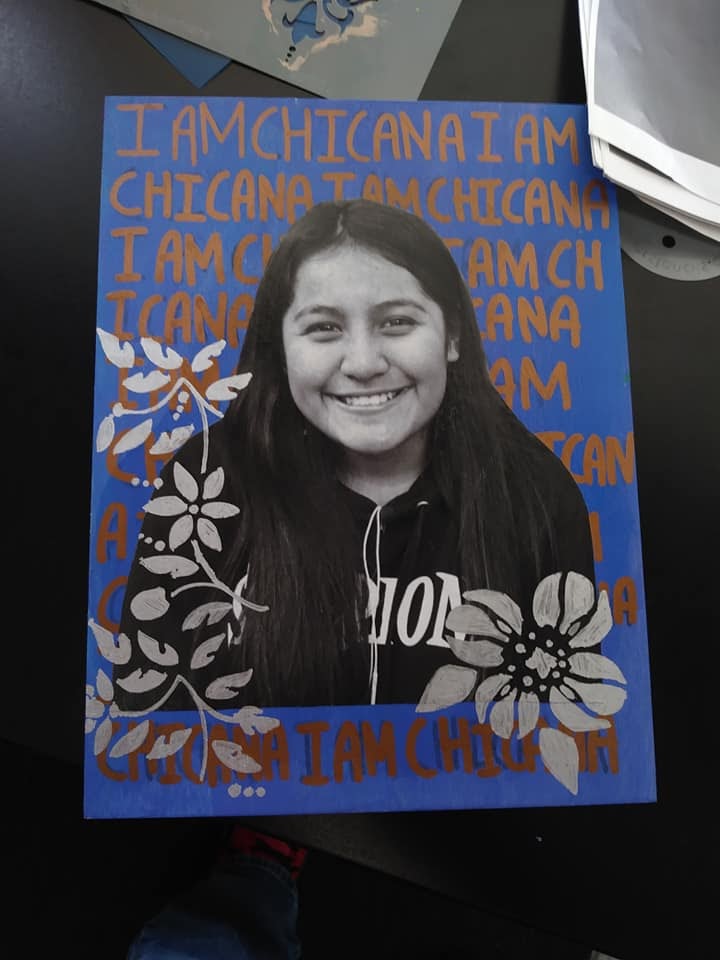
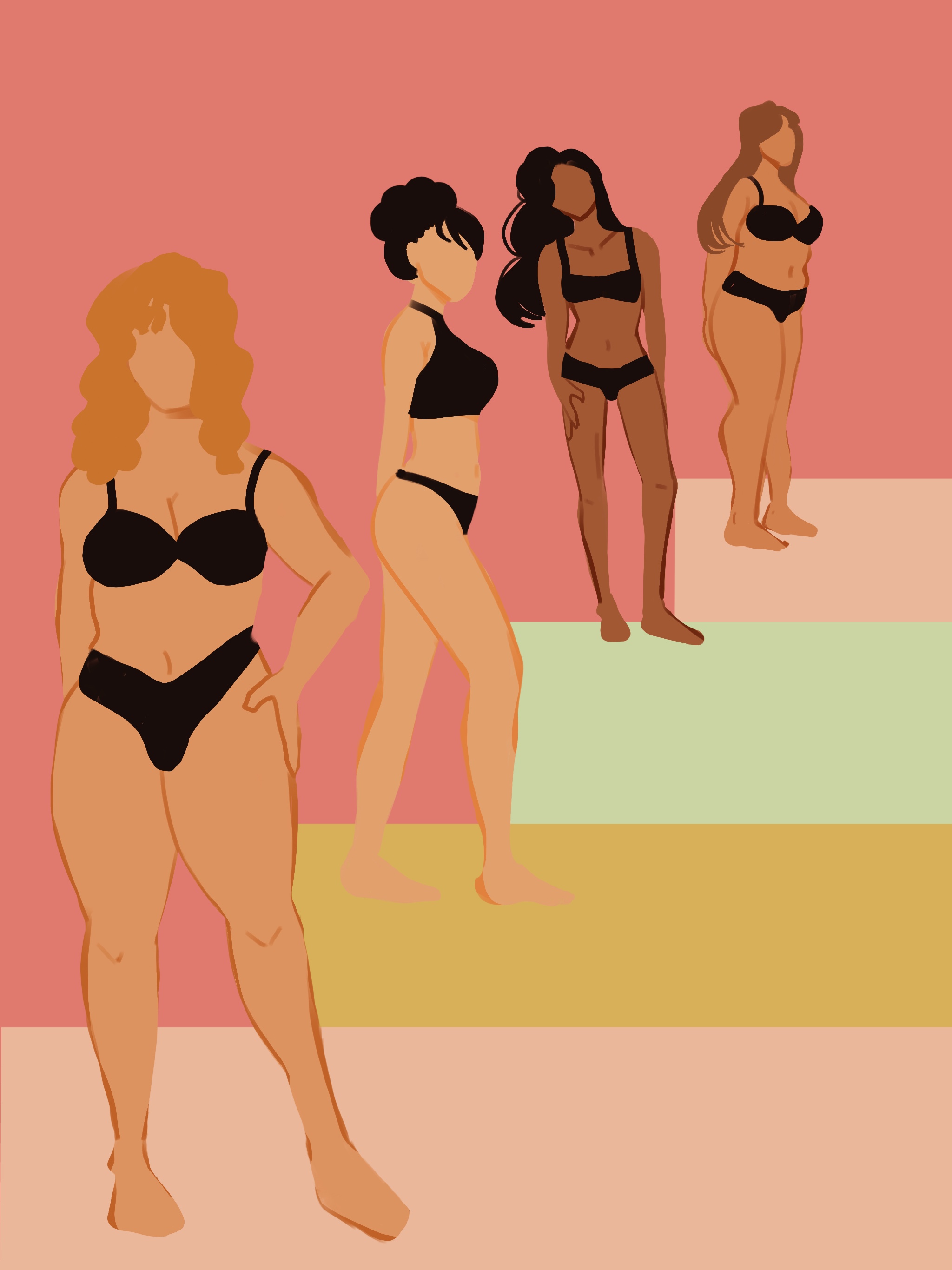
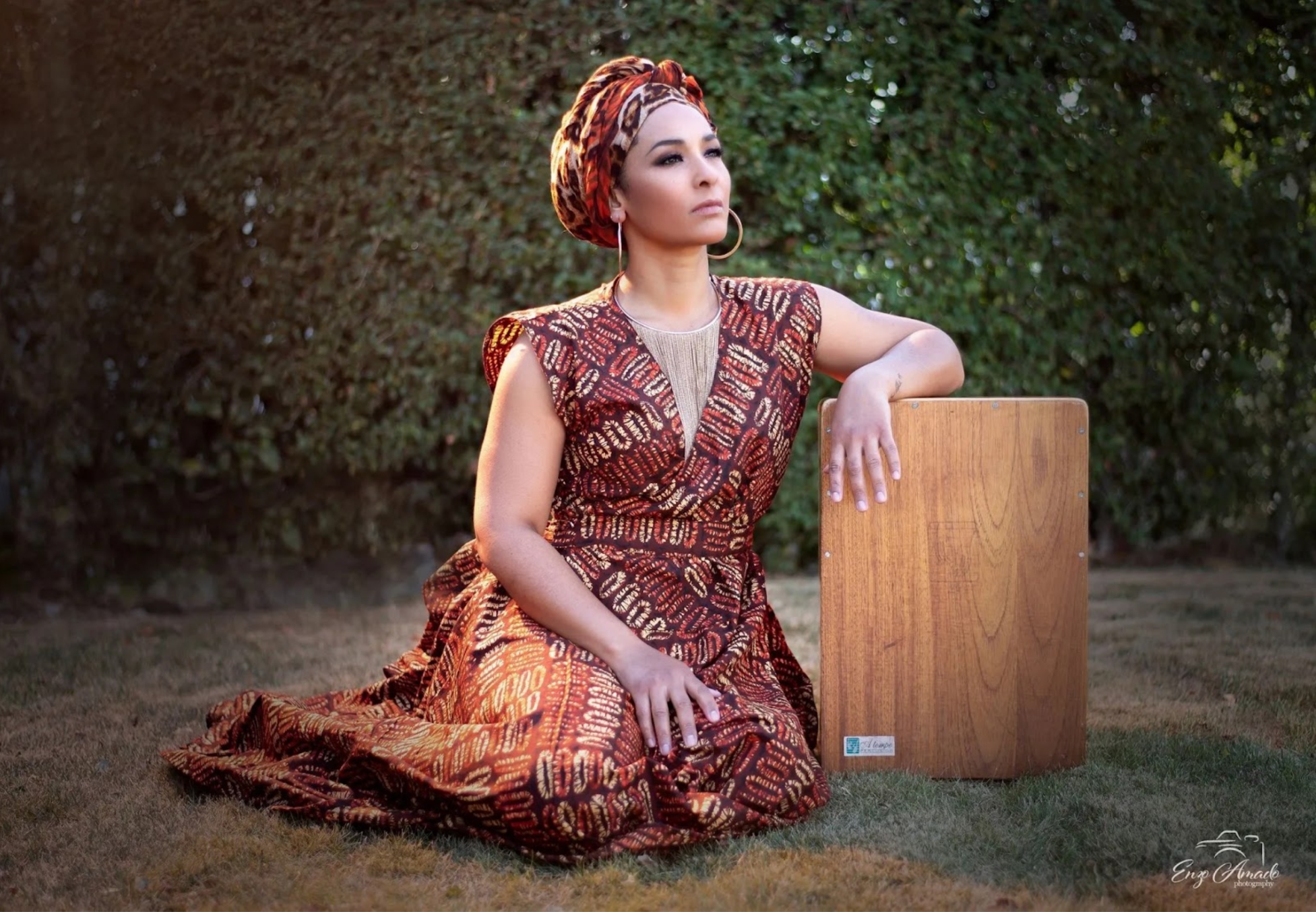

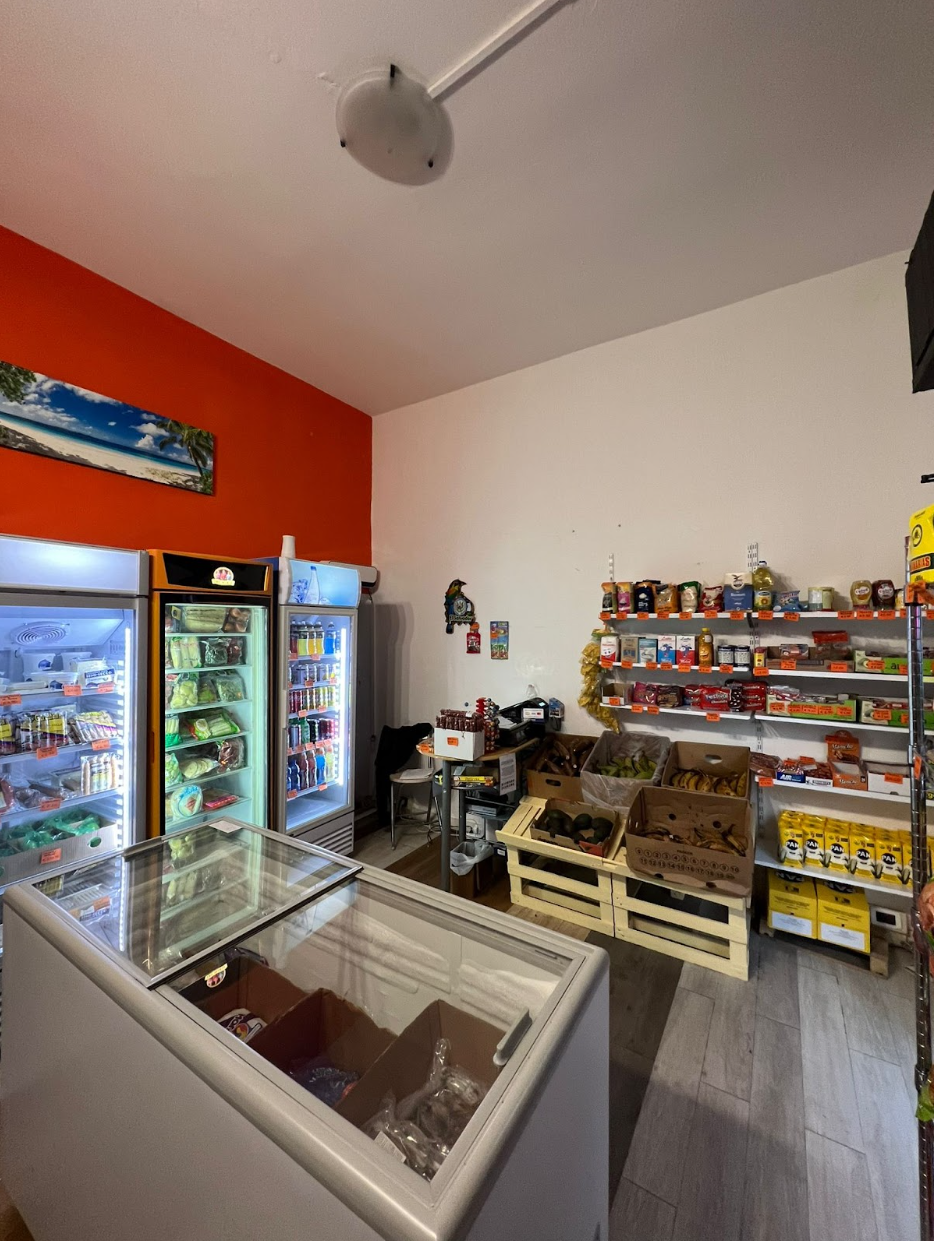

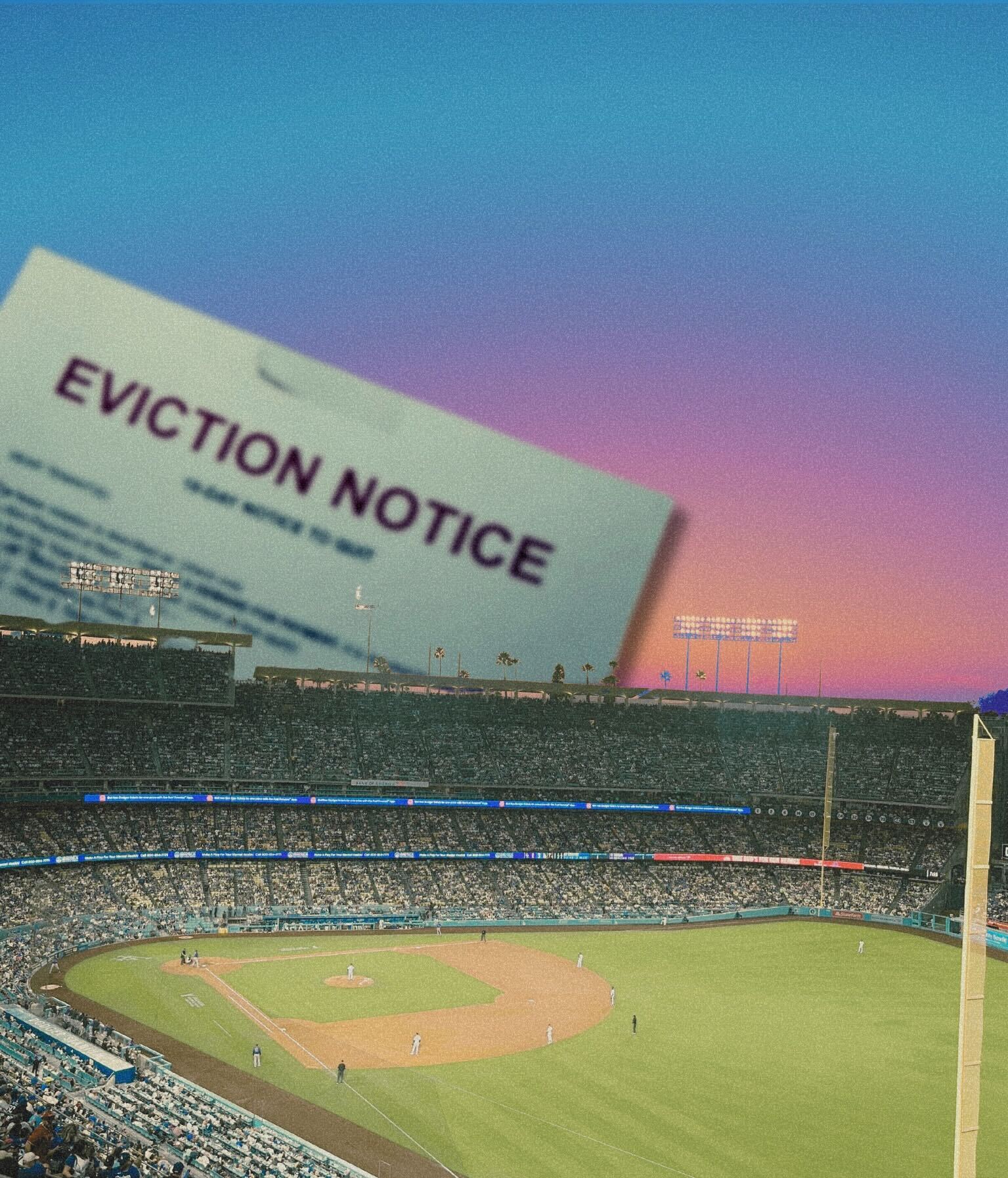

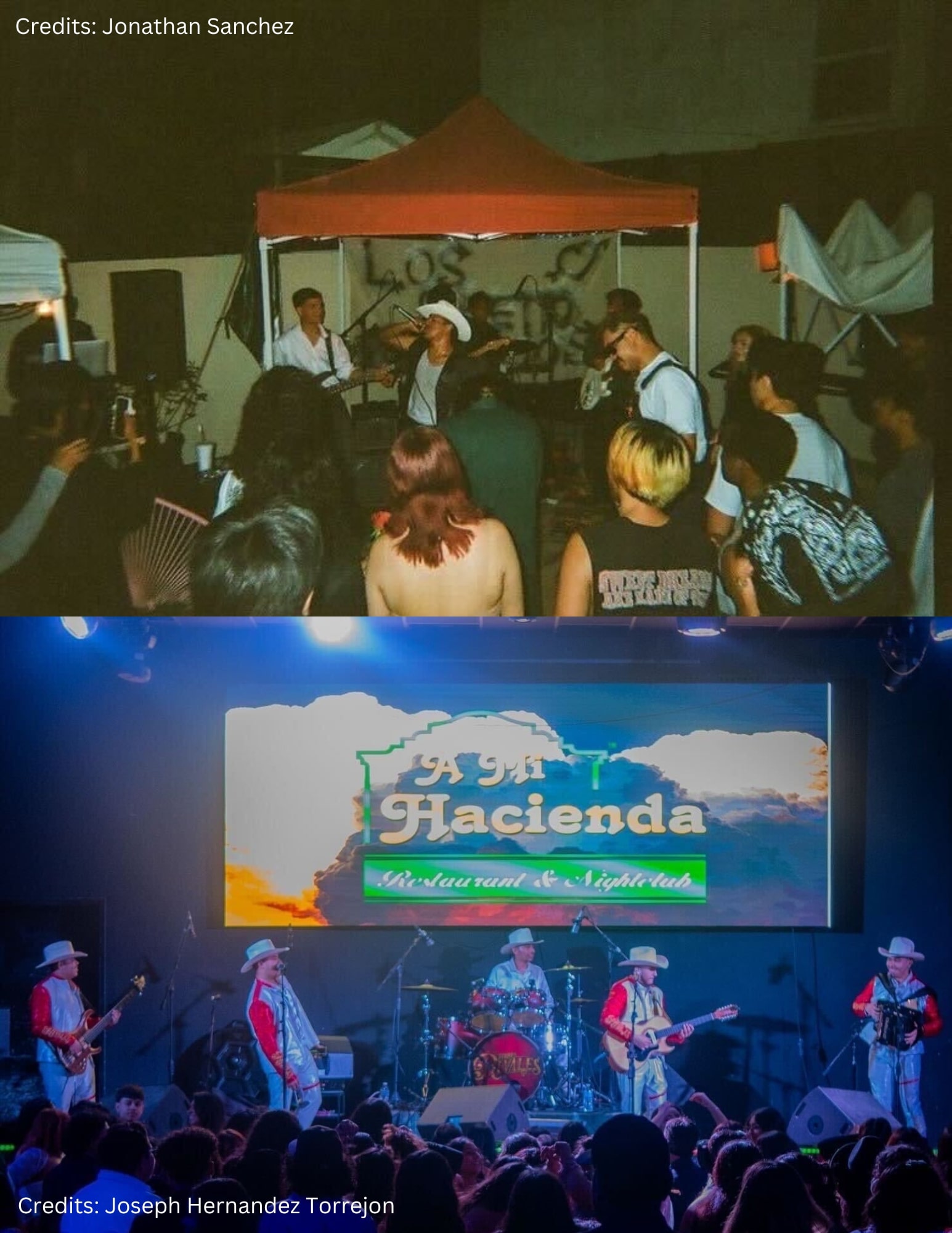
Leave a Reply
Want to join the discussion?Feel free to contribute!